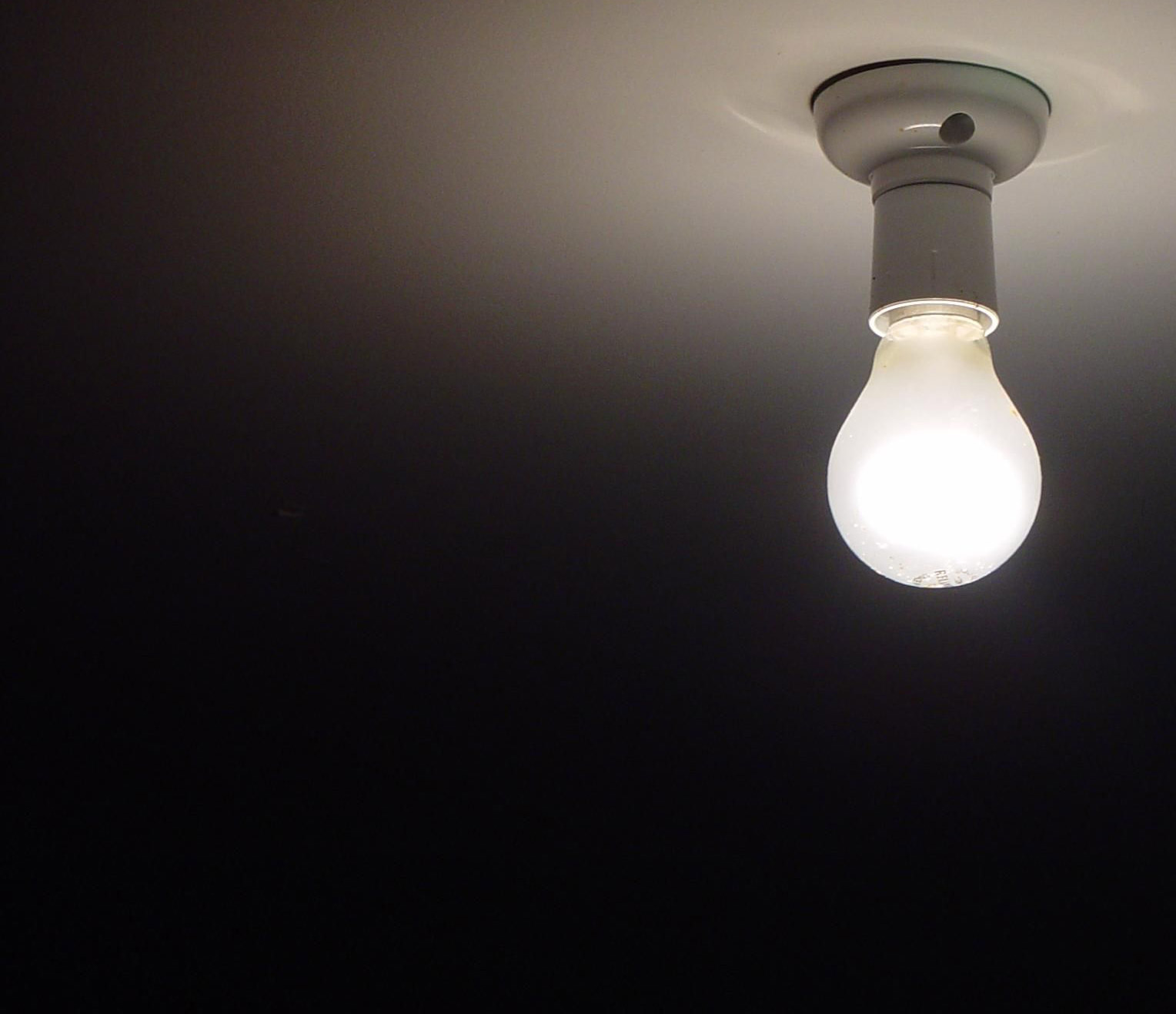Some of the no-cost electricity saving tips recommended by Sustainable Energy Authority of Ireland (SEAI) are:
Lighting
- Turn the lights off when leaving a room.
- Use task lighting rather than whole room lighting when a small amount of light is required.
- Regularly clean light fittings reflectors and lampshades.
Timers
- Use the timer on your immersion heater. This should supply with enough hot water as and when you need it.
Electric Shower
- Take a shower rather than a bath. A typical shower uses only one fifth of the energy of a full bath.
Computer
- Configure your computer to energy saving mode in which it will automatically change to the state of low low consumption.
- Switching off the screen can save even more tan just letting the screen saver run.
- Turning your computer off at night instead of leaving it on will save an average 25% of its annual energy bill. Remember you should turn off your computer whenever you are not going to use it for more than an hour.
Television
- A television in standby mode can use up to as much as half the electricity as when it is switched on.
Fridge/Freezers
- Don’t let frost build up in the freezer compartment as this increases energy consumption. Remember to defrost and clean the inside of your refrigerator and freezer at least every six months and make sure they are positioned in a cool place, not next to the cooker or boiler of where possible not in the path of direct sunlight.
- Check that the door seals on the refrigerator and freezer are tight fitting—the seals hold a €5 note in place when the door is closed.
Cooking
- Put lids on pots and turn down the heat when the water starts to boil. The lids not only keep heat in the pot but also reduce condensation in the kitchen.
- At a certain point in cooking, turn off electric rings and use their residual heat.
- Lots of energy saving cooking devices are under used: like slow casseroles, insulated deep fat fryers, microwave ovens and pressure cookers. They can save both energy and time—with better results!
Microwaves
- In a microwave oven, arrange unevenly shaped items with the thickest portion to the outside. Stir or turn the food over to speed up cooking time. Remember a microwave is more efficient than a cooker for reheating food.
Electric ovens
- The oven is expensive to use—try to use it as sparingly and efficiently as possible. Where possible use it for more than just one item and remember you can cook at a higher temperature at the top of the oven, and simultaneously at a lower temperature at the bottom.
- Do not open the oven door to check cooking—every time you do so you lose 20% of the accumulated heat.
Toasters and kettles
- The toaster is more energy efficient than the grill for toasting bread.
- When making tea or coffee, boil only the amount of water required (but make sure the heating elements of electric kettles are covered!)
Tumble dryers
- When drying clothes in a dryer, dry heavy articles separately from light articles and turn the dryer off as soon as the clothes are dry—don’t over dry the clothes!
For more tips visit www.SEAI.ie.




